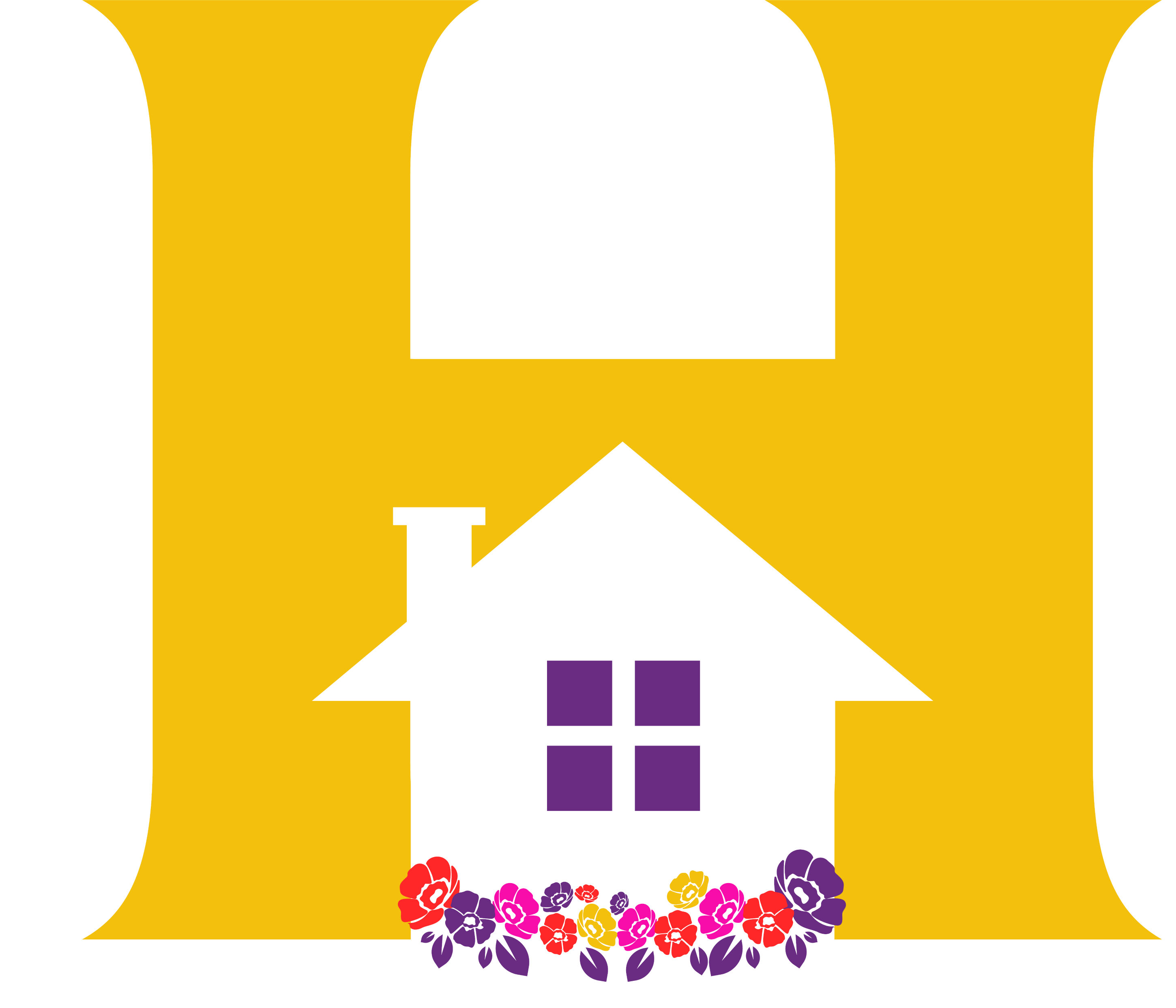The Most Common Form of Child Abuse
According to ChildHelp, 28% of adults report being physically abused as children. Physical abuse is the most common form of child abuse. It is also probably the most easy to understand. Simply put, physical abuse is when a parent or caregiver causes non-accidental physical injury to a child. Non-accidental injury or harm can include anything from slapping, biting, burning, or even poisoning, to throwing, choking, or kicking.
Infants are especially vulnerable to physical abuse. Sustained shaking of an infant can cause non-accidental harm, including brain damage or death. Infants that have not yet learned to crawl usually do not incur injuries on their own.
Long Term Effects
Just as we have seen with the other types of abuse we looked at, physical abuse has long-term effects in a child’s life. Children who are physically abused often suffer from poor mental or physical health later on. Additionally, children who have experienced physical abuse often develop anxiety or eating disorders. Children who are physically abused are also more likely to use drugs and engage in criminal behavior as teens and adults.
Identifying Child Abuse
Anyone who comes into contact with children regularly absolutely needs to know how to recognize signs of abuse. Even people who aren’t regularly in contact with children can spot something unusual when they do see children. In order to protect children from child abuse, an outsider (someone not causing the abuse) usually has to recognize that abuse is occurring and report the abuse to authorities who can investigate the issue further. So how can you spot physical abuse?
Signs of Abuse in a Caregiver
- Can’t or won’t explain injury of child, or explains it in a way that doesn’t make sense
- Displays aggression to child, or is overly anxious about child’s behavior
- Indicates child is not trustworthy, a liar, evil, a troublemaker
- Delays or prevents medical care for child
- Takes child to different doctors or hospitals
- Keeps child from school, church, clubs
- Has history of violence and/or abuse
Signs of Abuse in the Child
Physical:
- Any injury to a child who is not crawling yet
- Visible and severe injuries
- Injuries at different stages of healing
- Injuries on different surfaces of the body
- Unexplained injuries or explained in a way that doesn’t make sense
- Distinctive shape to injuries
- Frequency, timing and history of injuries (frequent, after weekends, vacations, school absences)
Behavioral:
- Aggression toward peers, pets, other animals
- Seems afraid of parents or other adults
- Fear, withdrawal, depression, anxiety
- Wears long sleeves out of season
- Violent themes in fantasy, art, etc.
- Nightmares, insomnia
- Reports injury, severe discipline
- Immaturity, acting out, emotional and behavior extremes
- Self-destructive behavior or attitudes
List taken from ChildHelp
Why do Adults Abuse Children?
Since physical abuse is a bit easier to understand in the context of what happens, let’s take a look at some of the issues that foster physical child abuse. There are often root issues that make adults more likely to abuse children. One cause can be an emotional or behavioral problems such as bipolar disease or an inability to control anger. Adults with family or relationship issues, or those who were abused as children are also more likely to physically abuse children.
Another reason adults abuse children is a lack of parenting knowledge. Physical abuse often comes from parents who have expectations too high for children, or who don’t know how to respond to children. Health issues can also be the root of physical abuse.
While this information is useful in determining where the cycle can or needs to be broken, it in no way excuses a person for their choices. Each person is responsible for their actions whether good or bad and child abuse is certainly not good.
Reporting Child Abuse
Those working with children on a regular basis are considered mandatory reporters for child abuse. If you work with children regularly, you are liable if you see something and do not report it to the correct authorities. Even if you don’t directly work with children, you can and should report things that seem off.
All you need to report abuse is suspicion. You don’t have to have evidence. Child protective services will then investigate the issue. Your reporting could save a child from future abuse. Don’t be afraid to make a report if you see something that doesn’t line up. Reporters are anonymous and are protected by authorities.
National Hotline: l-800-25-ABUSE
GA hotline: 1-855-GACHILD
Written by Hannah Wilson
Article edited by Marquetta Smith, Executive Director of Safe Harbor International Ministries

Sources:
https://www.childhelp.org/child-abuse/
https://www.nspcc.org.uk/preventing-abuse/child-abuse-and-neglect/physical-abuse/keeping-children-safe/
https://www.nspcc.org.uk/preventing-abuse/child-abuse-and-neglect/physical-abuse/who-is-affected/


0 Comments